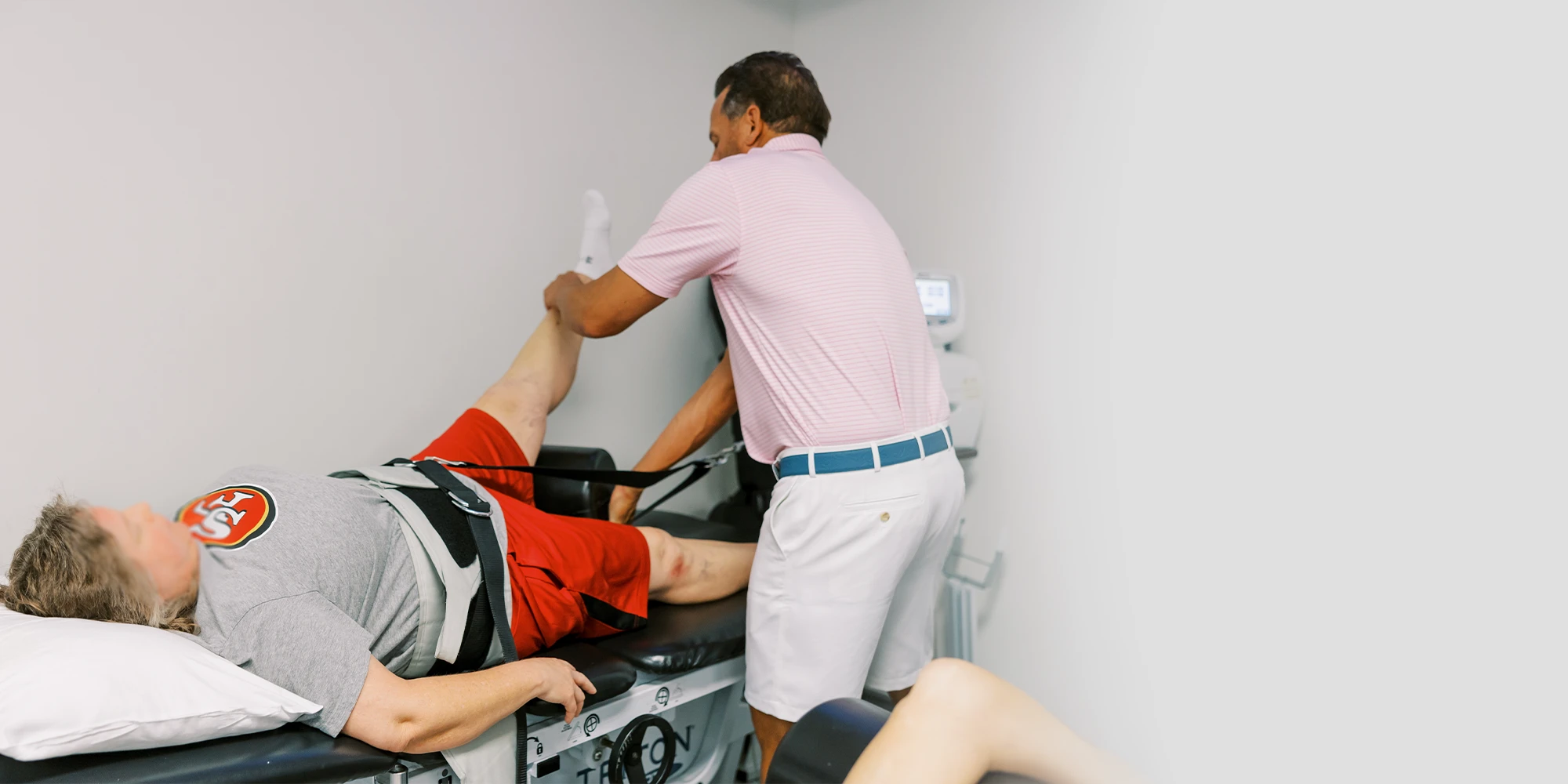In a recent study a group of asymptomatic university baseball players were split into 2 groups; one group received spinal manipulation while their counterparts acted as controls by receiving no care. Vertical jump, broad jump, standing broad jump, muscle strength, blood pressure, pulse rate, microcirculation (nail bed capillary counts) and stress test were evaluated in all athletes prior to the study, as well as a 5 & 14 week follow-up.
Those receiving spinal manipulation experienced significant improvements in muscle strength and long jump distance at 14 weeks. The spinal manipulation group also experienced improvement in capillary counts at 5 and 14 weeks follow-up. Additionally, the spinal manipulation group had decreases in resting blood pressure and pulse rate following treadmill activity.
Another study conducted by Nansel, PhD., found cervical adjustments improved neck range of motion in a group of asymptomatic individuals who had differences of more than 10 degrees in lateral flexion of the head, (Nansel, PhD. JMPT 1989; 12(6):419-27. Schwartzbauer J, DC, Schwartzbauer M, DC, Hart J, DC, Zhang J, MD, PhD. J Vert Sublux Res).
Strains, tendonitis, muscle soreness and stress fracture of the bone often occur with excessive or repetitive activity. The warning signs can be aches and pains which gradually get worse as one continues with the activity. The most vulnerable parts of the body are knees, back, wrists, neck and shoulders.
Repetitive strain injuries cannot usually be exercised away, neither does resting resolve the injury. Following an extensive orthopedic and neurological examination, our doctors will assess each case and determine what type of chiropractic care and physical medicine is appropriate for each patient.






